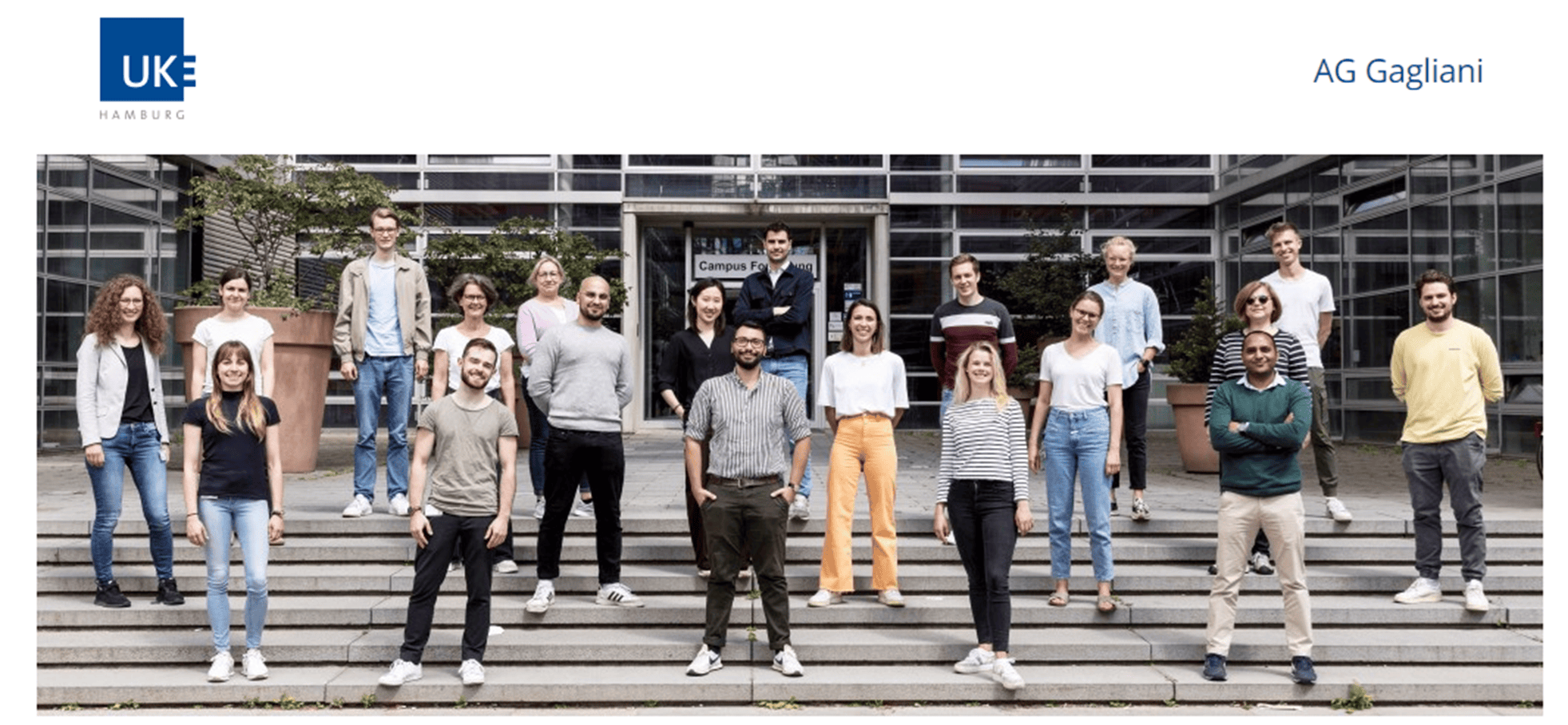FACULTY
Faculty Profile
| Address | Centre of Biomedical Research (CBMR) Department of Data Sciences, SGPGI Campus, Raebareli Road Lucknow, 226014, Uttar Pradesh, India | ||
|---|---|---|---|
| Building | New Building | Room no | 314 |
| Lab no: | Intercom: | ||
| Email: | yogesh@cbmr.res.in | ||
| Url | https://scholar.google.com/citations?user=fydOWQ8AAAAJ&hl=en | ||
Research Interest
We are harnessing advanced AI algorithms and integrative OMICS approaches (including Single-cell, Transcriptomics, Genomics, and Metagenomics) for in-silico drug discovery and the predictive identification of diagnostic, prognostic, and therapeutic biomarkers, enabling early and precise disease diagnosis and treatment strategies.
About
I am an Assistant Professor in the Department of Data Science, Centre of Biomedical Research, SGPGIMS, campus, Lucknow India. My Lab is focusing on the following areas.
Leveraging AI algorithms and OMICS analysis for in-silico drug discovery and predictive identification of diagnostic biomarkers for early disease diagnosis.
1. Biological Data Mining: Proficient in extracting meaningful patterns and insights from complex biological datasets, including OMICS data (such as single-cell sequencing, RNA bulk, WGS, WES, proteomics, transcriptomics, and metagenomics).
2. In-Silico Drug Discovery: Skilled in utilizing computational methods and algorithms to identify potential drug candidates, conduct virtual screening, predict drug-target interactions, and assess pharmacokinetic properties.
3. AI and Machine Learning Algorithms for Diagnostic Biomarker Discovery: Experienced in developing and applying AI and ML techniques to analyze biomedical data for the discovery of diagnostic biomarkers. Capable of leveraging advanced algorithms to improve patient care through early disease detection.
4. Tumor Microenvironment and T Cell Plasticity: Specialized in studying the intricate interactions within the tumor microenvironment and the plasticity of T cells. Proficient in predicting responses to immunotherapy and chemotherapy and identifying novel biomarkers for disease diagnosis and treatment prognosis.
5. Mathematical Modeling for Disease Mechanisms: Proficient in mathematical modeling techniques, particularly using machine learning approaches, to gain insights into disease mechanisms. Skilled in building predictive models to understand disease progression and identify potential therapeutic targets.
6. Computational Drug Design and Repurposing: Demonstrated expertise in computational drug design, including structure-based and ligand-based approaches. Experienced in repurposing existing drugs for new indications through computational screening and analysis.
7. In-Silico Pharmacokinetic Studies: Experienced in conducting pharmacokinetic studies using computational models to predict drug absorption, distribution, metabolism, and excretion (ADME) properties. Skilled in optimizing drug dosing regimens and assessing drug safety profiles.
Research
Research
Our research at the Department of Data Sciences, Centre of BioMedical Research, SGPGIMS, Lucknow, focuses on Medical Data Sciences. We specialize in developing and deploying computational methods, algorithms, Machine Learning, and OMICS technologies to enhance our understanding of diseases. Our primary goals include identifying biomarkers for early disease diagnosis, repurposing drugs to improve patient treatment, and ultimately reducing the burden on hospitals. By leveraging these approaches, we aim to advance healthcare by optimizing clinical outcomes and patient care.
Group Members
Publications
Research publications
- Artificial Intelligence, Deep Learning and Precision Medicine
- Short-term dietary changes can result in mucosal and systemic immune depression
- Comparative sequence analysis of SARS nCoV and SARS CoV genomes for variation in structural proteins
- Fatty acid-binding protein-4 (FABP4) and matrix metalloproteinase-9 (MMP9) as predictive values for nonalcoholic steatohepatitis (NASH)
- Computational investigation of natural compounds as potential main protease (Mpro) inhibitors for SARS-CoV-2 virus
- The impact of CD4+ T cell plasticity in colorectal cancer on immunotherapeutic strategies
- Broad-Spectrum Inhibitors against Class A, B, and C Type β-Lactamases to Block the Hydrolysis against Antibiotics: Kinetics and Structural Characterization
- Current potential therapeutic approaches against SARS-CoV-2: a review
- Synthesis and bioactivity evaluation of eugenol hybrids obtained by Mannich and 1, 3 dipolar cycloaddition reactions
- Synthesis, molecular modelling studies of indolyl chalcone derivatives and their antimalarial activity evaluation
- Design, Synthesis, Characterization and In Silico Molecular Docking Studies and In Vivo Anti-inflammatory Activity of Pyrazoline Clubbed Thiazolinone Derivatives
- An improved synthesis of indanocine and antiproliferative activity of 2â€benzylindanocine via microtubule destabilization
- Bioinformatics and computational tools in bioremediation and biodegradation of environmental pollutants
- Application of omics technologies for microbial community structure and function analysis in contaminated environment
- Silymarin, a polyphenolic flavonoid impede Plasmodium falciparum growth through interaction with heme
- In silico prediction of potential inhibitors for the main protease of SARS-CoV-2 using molecular docking and dynamics simulation based drug-repurposing
- In silico identification and docking-based drug repurposing against the main protease of SARS-CoV-2, causative agent of COVID-19
- Antiproliferative activity of diarylnaphthylpyrrolidine derivative via dual target inhibition
- Brevifoliol ester induces apoptosis in prostate cancer cells by activation of caspase pathway
- Bivalent furostene carbamates as antiproliferative and antiinflammatory agents
- 3â€Arylindanones and related compounds as antiproliferative agents against colorectal cancer
- Tools and Methods in the Analysis of Simple Sequences
- Genome-wide detection of terpene synthase genes in holy basil (Ocimum sanctum L.)
- AromaDb: a database of medicinal and aromatic plant’s aroma molecules with phytochemistry and therapeutic potentials
- Detection of aroma compound’s binding mode conformations on anticancer target DNA topoisomerase II
- Design and synthesis of novel oleanolic acid based chromenes as anti-proliferative and anti-inflammatory agents
- Antimalarial activity and safety assessment of Flueggea virosa leaves and its major constituent with special emphasis on their mode of action
- In vitro antimalarial activity and molecular modeling studies of novel artemisinin derivatives



